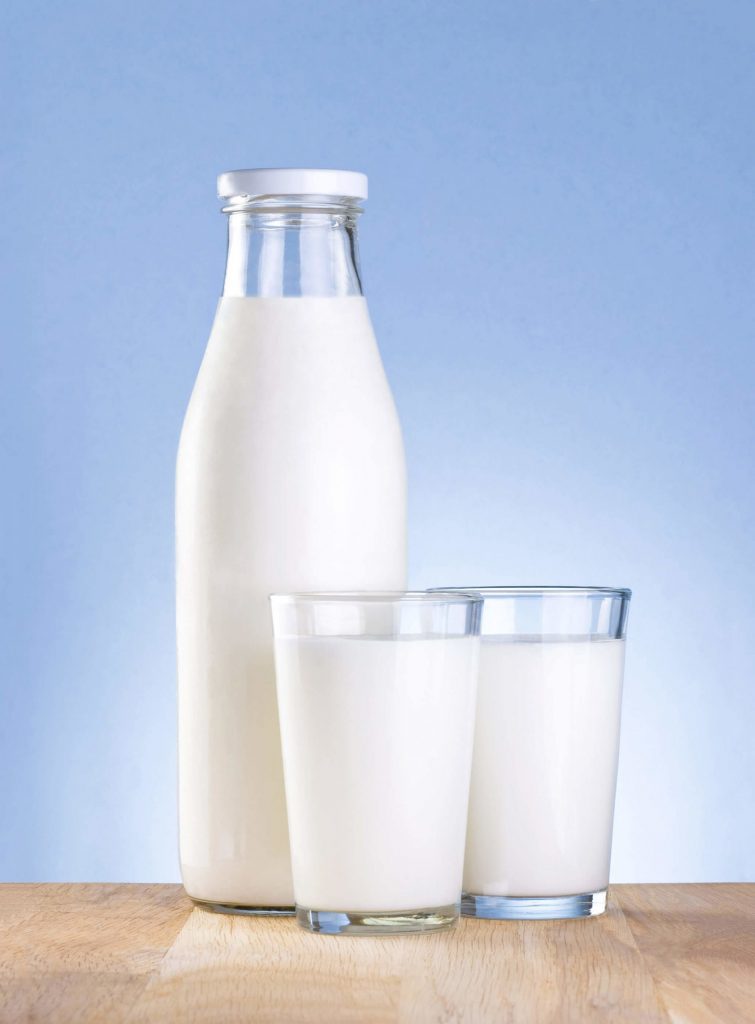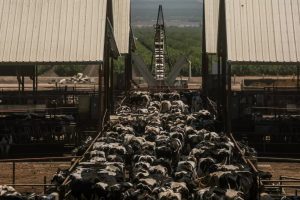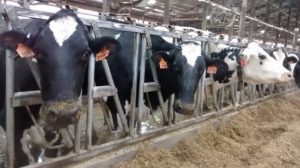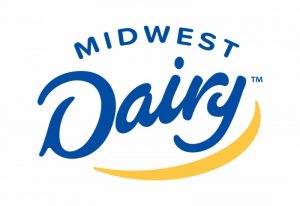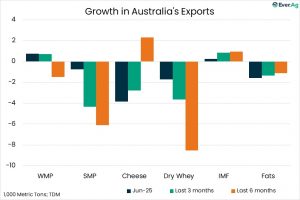
The emphasis on productivity above all else has contributed to everything from the erosion of soil health and water quality to the demise of small and midsize producers to an emphasis on producing food that may be nutritionally lacking, he notes.
During the pandemic, as Americans faced supply chain disruptions and millions went hungry, Vilsack tells Fortune that there was a broader recognition that “now is the time to really focus on a system that is not only productive and efficient but also resilient.”
To help transform the food system, the U.S. Department of Agriculture announced this morning a plan to invest $4 billion through the Build Back Better initiative, the Biden administration’s COVID-19 relief plan. The funding also comes out of the administration’s work on strengthening supply chains.
The USDA investment will go toward shoring up weaknesses in food production, processing, and distribution and is designed to address existential issues like the climate crisis and inequity.
Many of the problems the investment is attempting to ease were highlighted and exacerbated by the pandemic. For example, a consolidated meat processing system meant that as COVID-19 closed slaughterhouses, a major bottleneck hurt small farmers the most. The new funding will go toward supporting small and regional meat processing facilities to prevent this kind of disruption in the future.
Other issues the funding will address: offsetting an aging farm population by assisting beginning farmers; supporting local and regional food systems to reduce the distance goods need to travel; cutting greenhouse gas emissions; protecting against the major supply chain disruptions Americans experienced during the pandemic; and assisting farmers in the investment needed to transition to organic production, which will make them more profitable and deemphasize commodity crops.
When the pandemic first hit, Vilsack was working as president and CEO of the U.S. Dairy Export Council. He says dairy farmers were dumping milk because it costs about $1.50 a gallon to get milk into a jug, and it was challenging to ask farmers to suffer that additional loss. “What we needed was a system that would at least allow producers and processors to break even so there wasn’t a disincentive to donate,” he says.
The experience made him realize that the current model “isn’t particularly resilient, because it can’t make the shift from food service to food assistance quickly.” Diverting food intended for food service venues like restaurants proved difficult because food banks lacked adequate refrigeration and storage capacity, he says.
In addition to the $4 billion announced today, last week the USDA said it would spend $1 billion on healthy food for food insecure Americans and building food bank capacity, including the infrastructure to support food assistance programs.
“I think we have to plan as if there is going to be another disruption,” Vilsack says.
Vilsack says the USDA will learn from this initial funding and continue to invest. “This isn’t a one-shot deal,” he says. “You can’t transform a system with one investment, no matter how large it is. This requires multiple investments over multiple periods over multiple years.”
